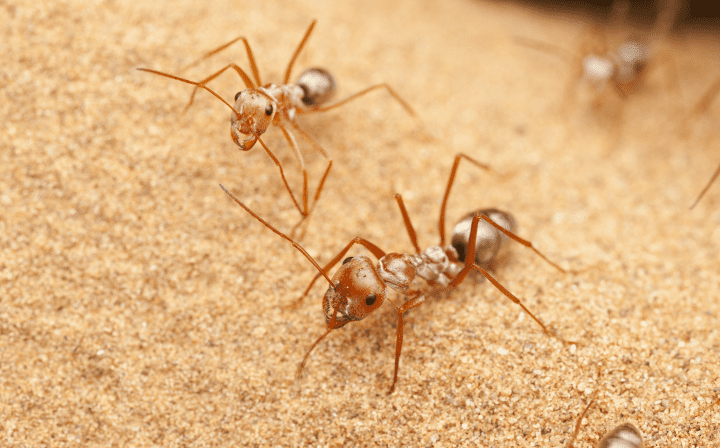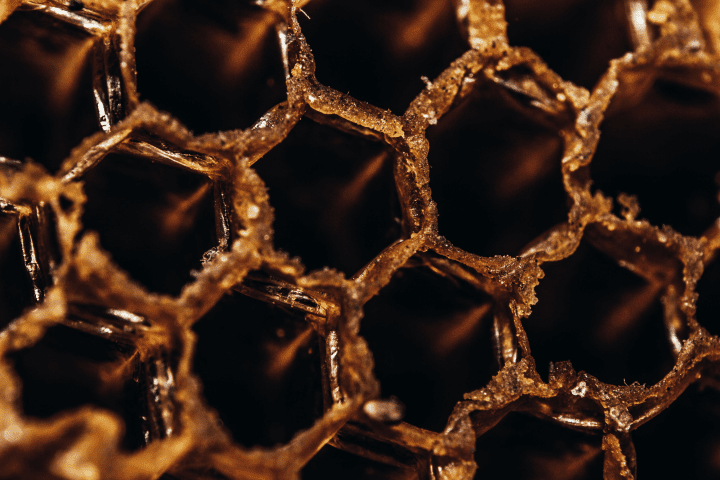First Place - Middle School
UN Sustainable Development Goals Addressed
-

Goal 13: Climate Action
2018 Youth Design Challenge
This design concept was developed by participants in the Institute’s Youth Design Challenge. The descriptions below are from the team’s competition entry materials.
School: Punahou School
Location: Honolulu, HI, United States
Coach: Wrayna Fairchild
Team members: Nathan Godsey, Conrad Cao, Laiku Layaoen, Pono Gifford
Video Pitch
Innovation Details
The sun tile is a hexagonal tile that reflects light using total internal reflection. The sun is the provider of all heat on this earth, and if its rays are reflected, it will keep the area substantially cooler. The SunTile is also covered in tiny grooves. The grooves channel air protecting the tile from erosion making the perfect desert roofing tile. The SunTile is hexagonally shaped, covered in tiny grooves and a mesh of prisms mimicking the Saharan Silver ant, so the SunTile both cools the house and protects it from erosion.
Over one billion people around the world live in deserts, the hottest places on earth. The average temperature of the largest desert, the Sahara; is an average 104 degrees Fahrenheit in the summer. Sometimes peaking at up to 120 °F. If climate change continues at the same rate, by 2050 the average summer temperature will be 110 °F. That is 6° hotter than life threatening internal body temperature in a human. Without access to electricity and therefore no air conditioning the deserts could become uninhabitable. The billion people living there need our help, and the SunTile will provide it.
The SunTile is a hexagonal tile, like honeycomb. The team made the tile hexagonal because hexagons spread weight evenly. The SunTile is covered in tiny grooves used by the desert scorpion to deflect sand particles. The team incorporated this into the design because as global warming progresses weather patterns will change and storms become more common, sandstorms could erode the tile decreasing its usefulness. The most prominent part of the SunTile are the tiny prisms inspired by the silver ant. These prisms will reflect light using total internal reflection protecting desert dwellers homes from the heat of the sun.



